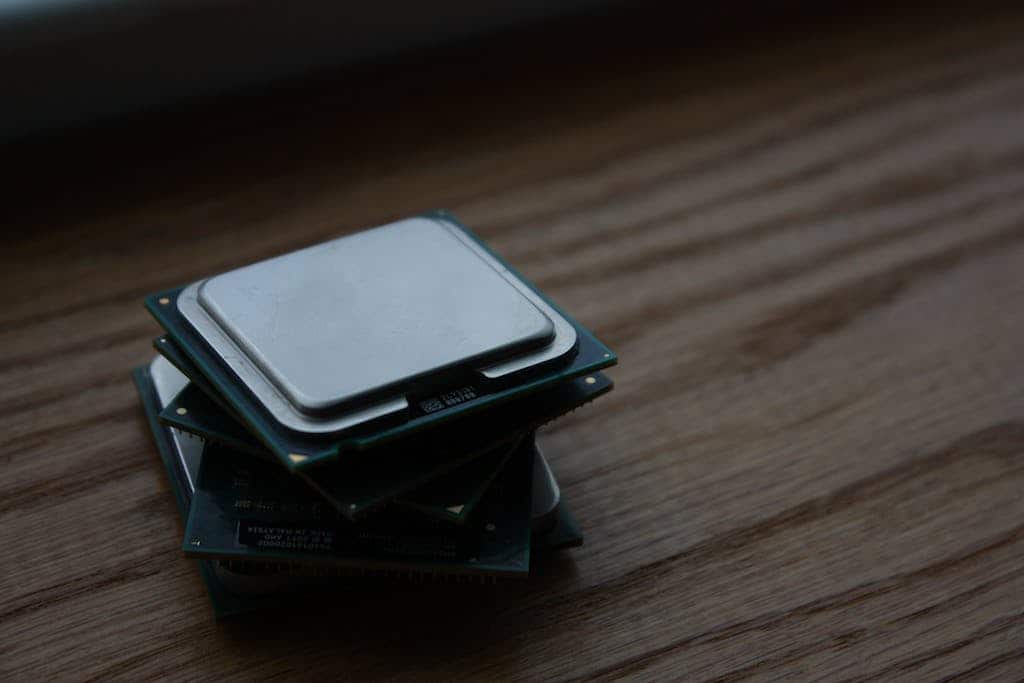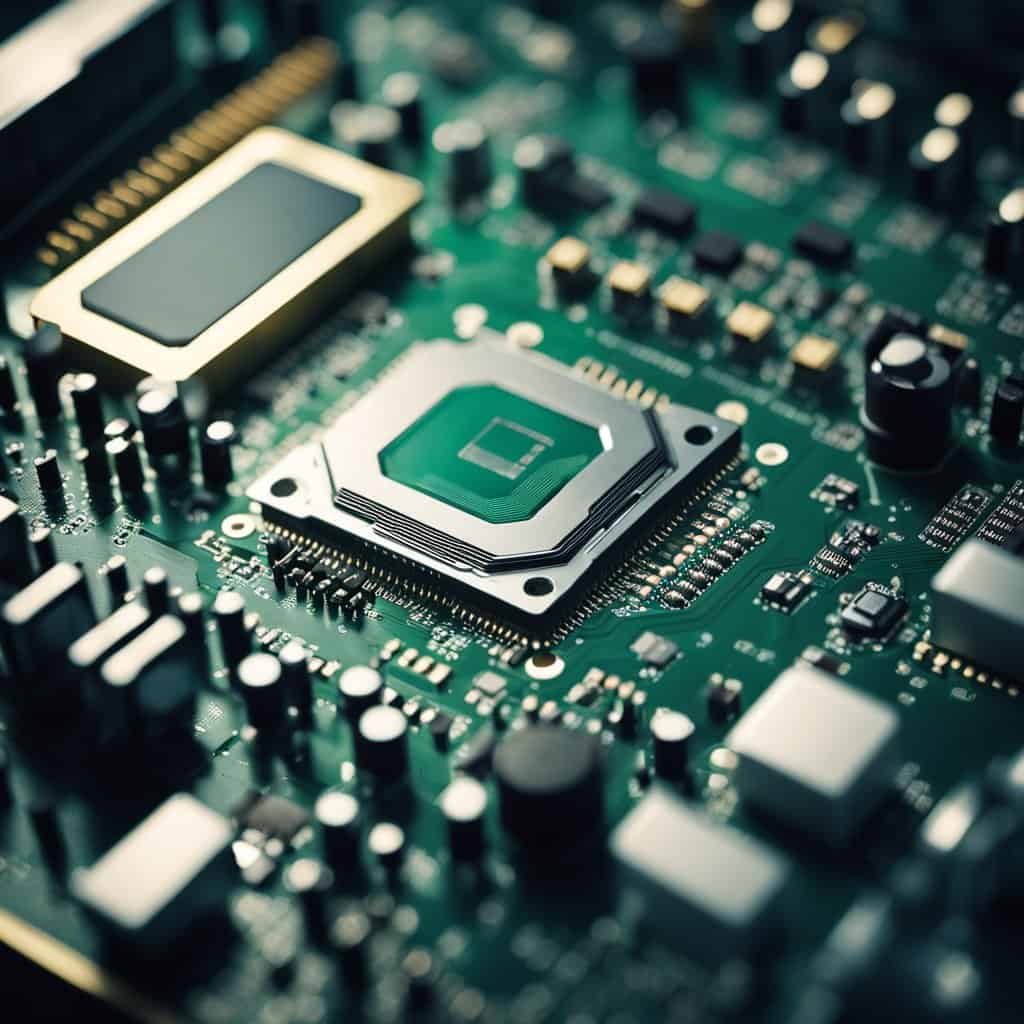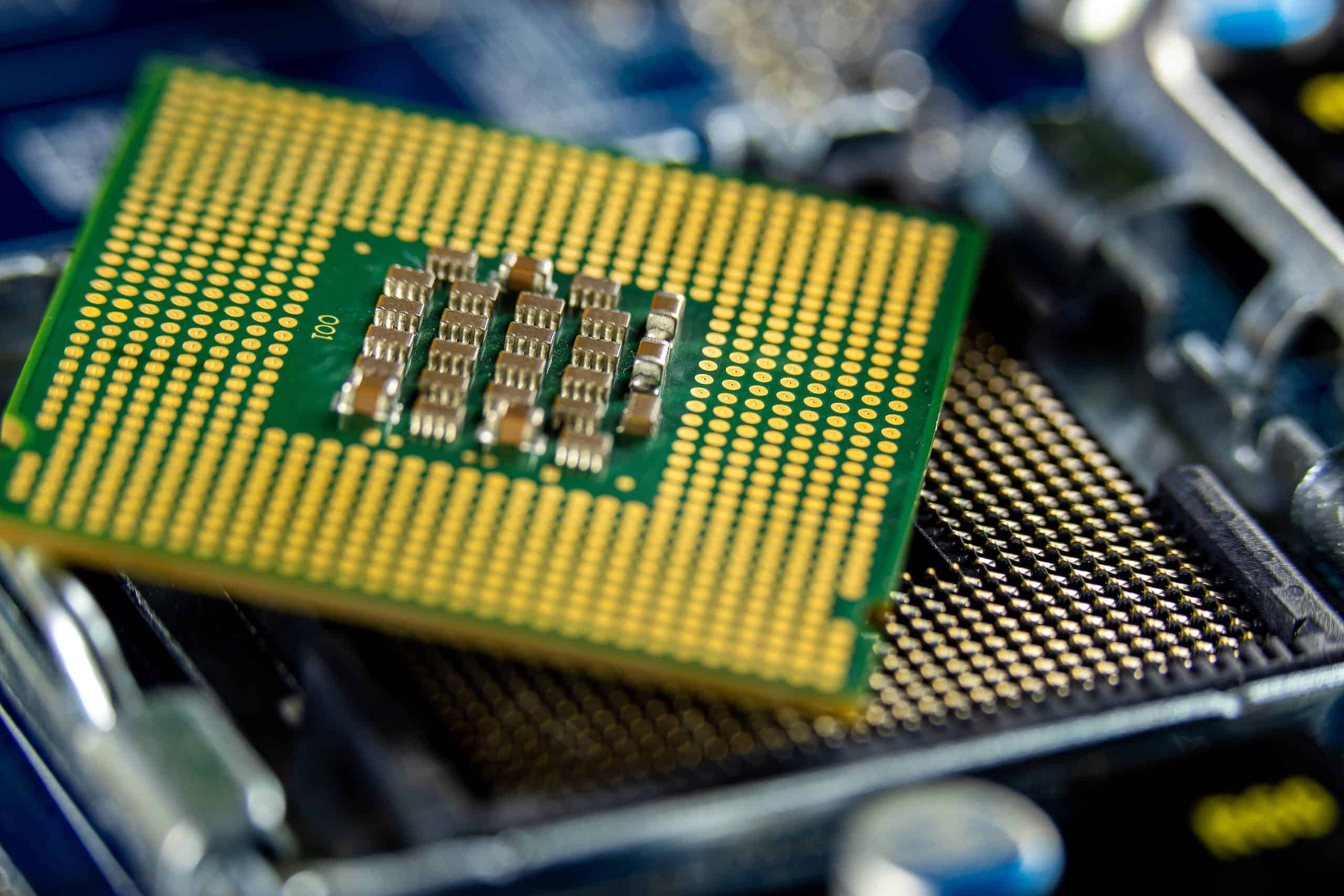Dual CPU computers, as the name suggests, are systems equipped with two central processing units (CPUs). This configuration is designed to enhance computing power and efficiency. The concept of dual CPUs is not new but has evolved significantly with technological advancements.

Definition and Overview
A dual CPU system contains two separate CPUs, each with its own set of resources like cache and processing cores. These CPUs work in tandem, allowing for more efficient processing of complex tasks and applications.
Evolution and Current Trends
The evolution of dual CPU systems has been driven by the increasing demand for high-performance computing. Initially, these systems were predominantly used in servers and high-end workstations.
However, with the advent of more sophisticated applications in areas like 3D rendering, scientific simulations, and advanced gaming, the use of dual CPUs has expanded. Today, they are integral to systems requiring high computational power and speed.
Advantages of Dual CPU Systems
The primary advantages of dual CPU systems lie in their enhanced performance and multitasking capabilities, making them ideal for specific use cases like gaming and professional workstations.
Enhanced Performance
- Increased Processing Power: With two CPUs, the system can handle more tasks simultaneously, leading to faster processing and reduced lag.
- Efficiency in Complex Tasks: Tasks that require significant computational power, such as video editing, 3D rendering, and large-scale data processing, benefit greatly from a dual CPU setup.
Multitasking Capabilities
- Simultaneous Processing: Users can run multiple applications without experiencing a drop in performance, which is crucial in professional environments.
- Improved System Responsiveness: The system remains responsive even under heavy loads, thanks to the distribution of tasks between two CPUs.
Use Cases: Gaming and Professional Workstations
- Gaming: Advanced gaming setups, especially those involving high-resolution graphics and VR, can leverage dual CPUs for an enhanced gaming experience. ASUS WS C621E Sage, for instance, is a popular choice among gaming enthusiasts for its robust performance.
- Professional Workstations: Fields like graphic design, video production, and engineering simulations often require workstations with dual CPUs for efficient handling of resource-intensive applications. The Supermicro X11DAI-N-O is a notable example in this category, known for its reliability and high performance.
Top Dual CPU Motherboards
In the realm of high-performance computing, the choice of motherboard is crucial. Here, we explore some of the top dual-CPU motherboards, each offering unique features and benefits.

ASUS WS C621E Sage
- Features and Benefits: The ASUS WS C621E Sage stands out with its support for Intel® Xeon® processors, 12 DDR4 memory slots, and dual CPU sockets. It’s tailored for heavy-duty tasks like gaming and 3D rendering.
- Pros: High memory capacity, multiple connectivity ports, excellent overclocking performance.
- Cons: Customer service has been reported as subpar.
HUANANZHI X79-16D Motherboard
- Features and Benefits: This motherboard is known for its stability and power, with 14 phases for a stable power supply and 16-channel memory for a faster gaming experience.
- Pros: Stable power supply, powerful performance, efficient heat dissipation.
- Cons: Lacks a CMOS battery.
X99 Dual Server Computer Motherboard
- Features and Benefits: The X99 Dual Server is a compact yet powerful motherboard, ideal for professional workstations with high peripheral demand.
- Pros: High compatibility, optimal user experience, budget-friendly, 8 storage slots.
- Cons: Restricted socket design, limited to one 5.1 channel CPU slot.
Supermicro X11DAI-N-O
- Features and Benefits: Designed for heavy server workloads, the Supermicro X11DAI-N-O supports two 2nd generation Intel Xeon Scalable processors and offers 16 DIMM memory slots.
- Pros: High compatibility, cost-effective, great value for money.
- Cons: Inadequate fan control.
MSI Z390-A PRO LGA1151
- Features and Benefits: The MSI Z390-A PRO LGA1151 is a gamer’s delight, supporting 8th and 9th Generation Intel Core Processors and offering superb cooling systems.
- Pros: Excellent cooling system, easy installation, supports up to 4,400 MHz RAM.
- Cons: Some users report booting issues.
SuperMicro H11DSi-NT
- Features and Benefits: Ideal for AMD processor enthusiasts, the SuperMicro H11DSi-NT is known for its power efficiency and compact design.
- Pros: Great performance, excellent memory capacity of 1536 GB.
- Cons: Customer service is not highly rated.
Andifany X79 Dual CPU LGA2011
- Features and Benefits: The Andifany X79 offers a professional-grade level with DDR3 memory technology, suitable for users looking to maximize their existing IT infrastructure.
- Pros: Highly affordable, compact size, easy installation, optimal performance.
- Cons: Outdated chipset, limited memory support.
Choosing the Right Dual CPU Motherboard
When selecting a dual CPU motherboard, two critical factors must be considered: compatibility with processors and budget.

- Compatibility with Processors: Ensure the motherboard is compatible with your CPU. For instance, if you’re using an Intel Xeon processor, a board like the ASUS WS C621E Sage would be ideal. Conversely, for AMD processors, the SuperMicro H11DSi-NT is a better fit.
- Budget Considerations: Motherboards vary in price. High-end models like the Supermicro X11DAI-N-O offer more features but at a higher cost. It’s essential to balance your budget with the features you need.
The right dual CPU motherboard can significantly enhance your system’s performance. Whether for gaming, professional workstations, or server setups, choosing a motherboard that aligns with your specific needs and budget is crucial.
FAQs on Dual CPU Computers
In this section, we address some common questions about dual CPU computers to help you better understand their capabilities and applications.
- What are the main advantages of dual CPU computers?
- Enhanced processing power and efficiency.
- Superior multitasking capabilities.
- Ideal for high-end gaming and professional workstations.
- Can dual CPU systems be used for gaming?
- Yes, they are excellent for advanced gaming setups, especially those involving high-resolution graphics and VR.
- Are dual CPU systems more expensive than single CPU systems?
- Generally, yes, due to the additional CPU and often more advanced motherboard requirements.
Conclusion
In summary, dual CPU computers offer a significant performance advantage, particularly in scenarios requiring high computational power and efficient multitasking. They are especially beneficial in fields like advanced gaming, 3D rendering, and professional workstation applications.
While they do come with a higher price tag and more complex setup requirements, the benefits they offer in terms of processing power and multitasking capabilities make them a valuable investment for users with high-end computing needs.
As technology continues to advance, we can expect these systems to become even more efficient and widely adopted in various fields.
People Also Ask About Dual CPU Computers
In the realm of high-performance computing, questions often arise about the functionality and benefits of dual CPU systems. Here, we address some of the most common inquiries.
- Can you have 2 CPUs in a computer?
- Yes, it’s possible to have two CPUs in a computer. This setup is known as a dual CPU system, where each CPU operates independently, allowing for more efficient processing of tasks.
- What is a dual-processor computer?
- A dual-processor computer is a system equipped with two separate CPUs. Each CPU has its own set of resources, enabling the system to handle more complex tasks simultaneously and more efficiently.
- Are dual CPUs worth it?
- Dual CPUs are worth it for specific applications that require high computational power, such as advanced gaming, 3D rendering, and professional workstations. They offer enhanced performance and multitasking capabilities but come at a higher cost and complexity.
- What is the advantage of a dual-core CPU?
- The main advantage of a dual-core CPU is its ability to process multiple tasks simultaneously, leading to better multitasking and efficiency. This is particularly beneficial in applications that require heavy data processing or advanced graphical computations.
These insights into dual CPU systems highlight their significance in scenarios demanding high processing power and efficiency. While they may not be necessary for every user, for those dealing with complex computing tasks, dual CPUs offer substantial benefits.


3 thoughts on “Introduction to Dual CPU Computers”
Comments are closed.